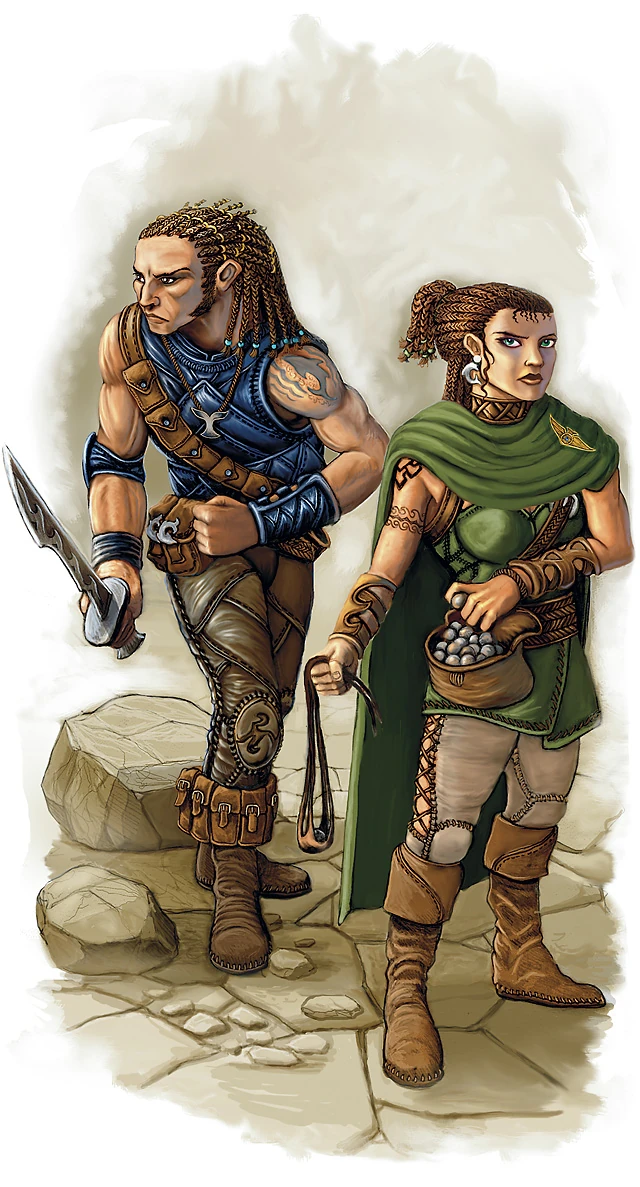 |
| How often does your character choose to write a letter? |
I perceive a distinction between a common and, seemingly, modern way of running the game and an older way of running the game that has to do with the structure of the activity itself. And it seems obscure enough to me that I don't believe that even most OSR gamers play in this "old style" because they don't know about it. Like, adventures and RPGs from OSR designers that are clearly built with old-school sensibilities in mind are often nonetheless ignorant to this quality. I'm gunna call this old structure "campaign-level play" because of the following reasoning:
"Campaign" is a residual term brought over from the wargaming hobby. But it wasn't just a meaningless word used for its familiarity, like some other terminology relics. See, something like "Armor Class" is called that because the AC rules were borrowed from an old naval wargame, where every ship had an "Armor Class" rating like "first-class armor" (the best quality) or "fourth-class armor" or whatever. That's why we use a weird name for something that refers to a character's ability to not get hit or damaged. But "campaign?" As in, "me and the bois are gunna start up a new campaign of 5th Edition"? That comes from a time when the hobby was about a series of grand Napoleonic battles strung together by the same strategic and political forces that define a real military campaign. While, yes, a single session does just look like some homies getting together to have an isolated battle on a pre-crafted terrain map with their respective armies... they were playing what modern gamers would call a "legacy game." Today's battle is determined by the outcome of our last session, where the army general has a macro-scale plan for the direction of the army's campaign to conquer the enemy. You suffer losses in one battle and it carries over to the next. You write a treaty forming an alliance today and that matters tomorrow. You make a crucial victory and you take advantage of the opportunity by carving up the map of the countryside into chunks that will be allotted to each of your allies and yourself, which then shapes the next campaign when another war inevitably breaks out. These could be thought of as "meta elements" that shape the campaign itself, rather than elements you play out during the session (the battle).






